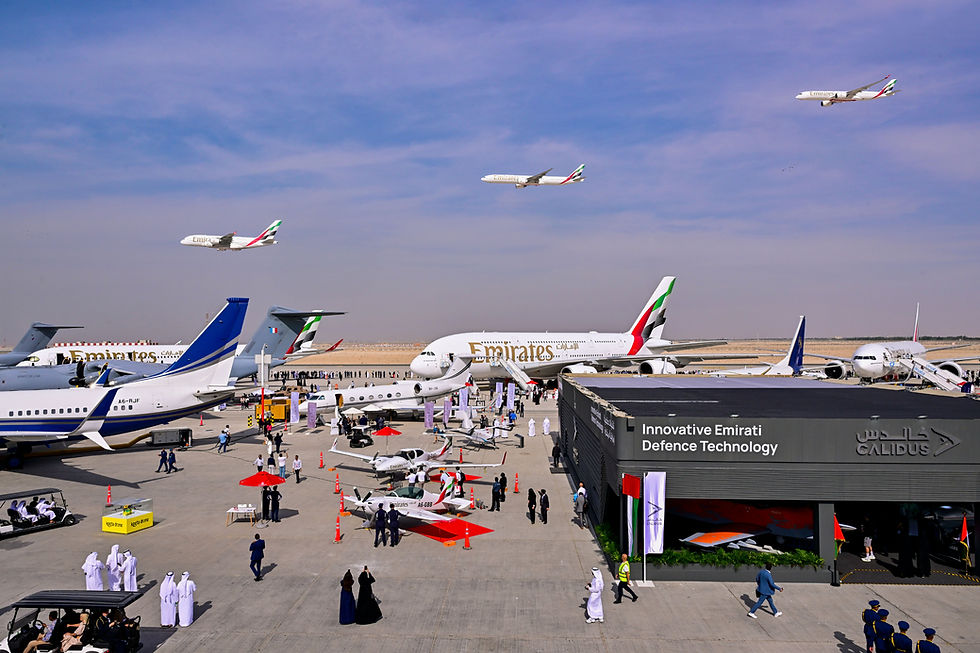Qantas Pilots Begin A321XLR Training, Carrier Unveils New Cabin Experience
- Joe Breitfeller

- Aug 30, 2024
- 3 min read
As Qantas prepares to take delivery of their first of 28 Airbus A321XLRs on order next year, pilot flight training on the type has commenced. The carrier has also revealed details of the aircraft’s cabin configuration.

On Thursday (August 29, 2024), Qantas announced the start of pilot flight training ahead of the delivery of the first of 28 Airbus A321XLRs in April 2025. The new A321XLRs will progressively replace Qantas’ Boeing 737 fleet over the next decade. The longest-range A320 variant, the A321XLR will allow the carrier to open new direct routes that aren’t currently feasible. In anticipation of receiving the first of the aircraft type next year, Qantas pilots have started training on a new CAE 7000XR Series A320 simulator, which was shipped from Montreal, Canada to Australia earlier this year. Over 240 Qantas pilots are expected to be trained on the A321XLR over the next three years. They will spend up to 60 hours in the new simulator, which is fitted with the latest technology, and will be one of only a handful in the world with a dual heads-up display.
In Thursday’s announcement, Qantas Group’s CEO, Vanessa Hudson, said,
“Qantas will be one of the first airlines in the world to operate the A321XLR and ahead of the arrival of our first aircraft next year, we’ve started pilot training and finalised the details of the customer experience. Nearly half of all the customers Qantas carries each year travel on our 737 fleet so the A321XLR aircraft that we’ve ordered to replace them will be incredibly important for our future. New aircraft mean more jobs, training and promotion opportunities for our people and we’ll be training more than 240 pilots on the new aircraft over the next three years.
“The A321XLR is a fantastic aircraft to be part of our next generation fleet, and its range and versatility will give us to opportunity to explore more non-stop routes and operate them cost effectively. The QantasLink A220s and the Jetstar A320neo family already received as part of our Group fleet renewal program are providing major improvements in running cost, network flexibility, passenger comfort and emissions.”

The cabin and seats on Qantas’ new A321XLR has been designed for maximum passenger comfort. The Economy Class seats are larger than the existing 737 seats, and include extra comfort seat cushioning. With the largest overhead bins of any single-aisle aircraft, the A321XLR offers 60 percent more carry-on bag space compared to the Boeing 737s they will replace in the Qantas fleet. Guests will also experience a sense of spaciousness, with the long cabin, higher ceilings and large windows, along with a wider cabin than the 737, and free, fast Wi-Fi.

Qantas’ new A321XLRs will accommodate 197 passengers, with 20 Business Class seats in a 2-2 configuration, and 177 Economy Class seats in a 3-3 configuration. The aircraft offers a range of 4,698 nautical miles (8,700 km), 3,000 km further than the B737s it will replace. With Pratt & Whitney PW1100G-JM GTF engines, the aircraft also delivers a reduced noise footprint and lower fuel burn compared to previous generation aircraft. Qantas team members have been invited to name the new airplanes under the theme of ‘Walks, Rivers and Roads, a nod to Australia’s iconic travel opportunities. The first aircraft to arrive in April 2025 will be called ‘Great Ocean Road.’
Details of Qantas Group's Fleet Renewal Program - Courtesy Qantas
Source: Qantas
To our valued readers: We have decided to enhance our visitor experience by eliminating user-targeted ads across our platform (excluding select static display ads). In order to make up for lost revenue, we are transitioning to a reader supported model, without a paywall, annoying pop-ups, or a required subscription. We thank you for your generous support!










